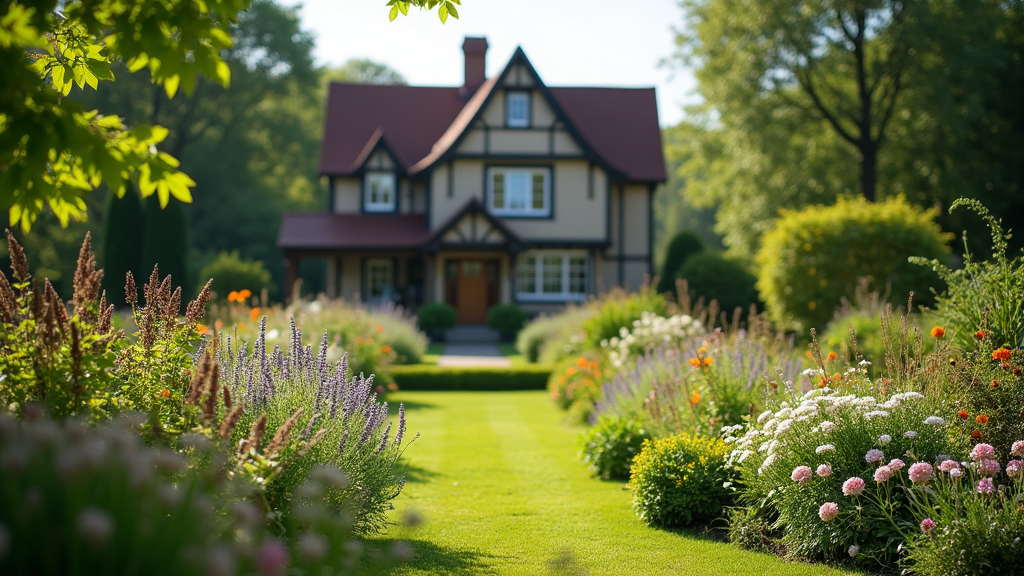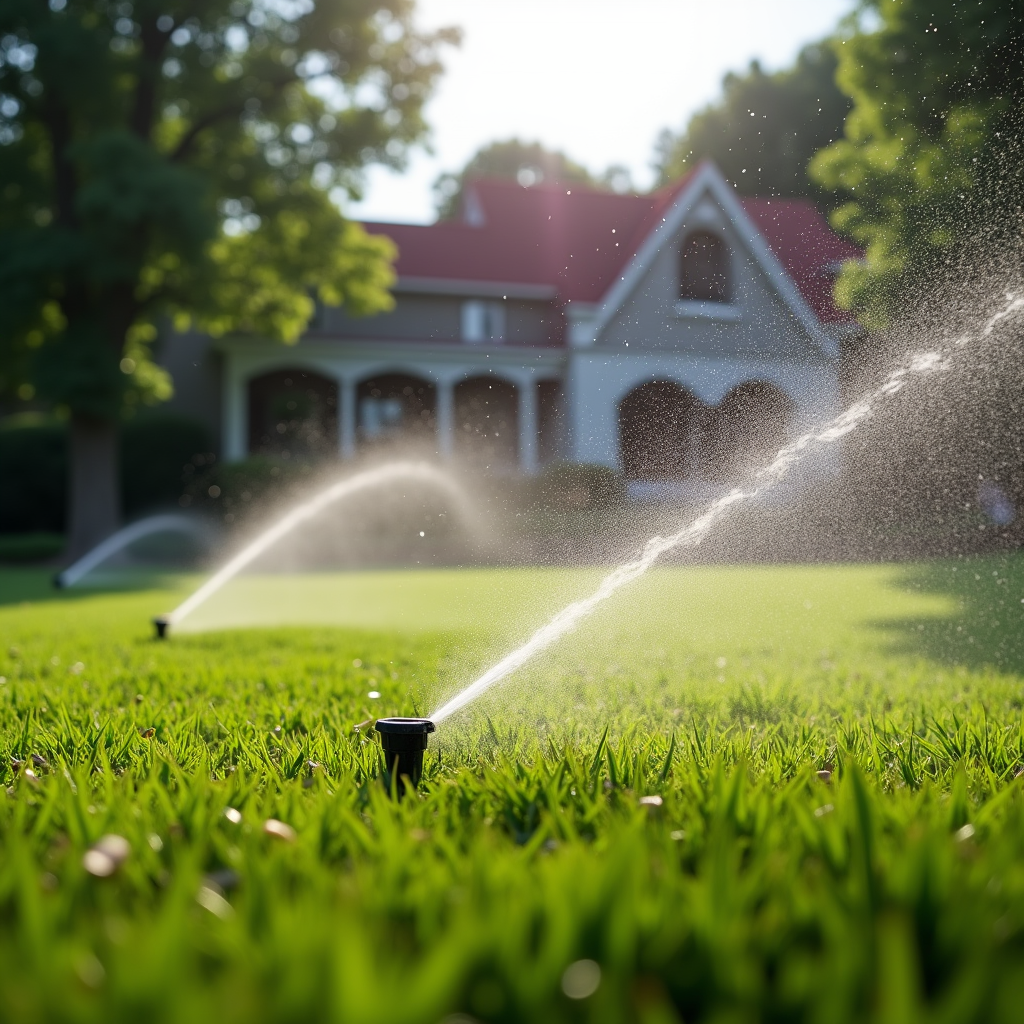Introduction
In a world where water scarcity is becoming an increasingly pressing issue, the need for effective water conservation techniques in landscaping has never been more crucial. Not only do these techniques promote environmental sustainability, but they also save homeowners money on their water bills. This article will delve deep into various strategies that can be employed to conserve water while enhancing the beauty and functionality of your landscape design.
What Are Water Conservation Techniques for Effective Landscaping?
Water conservation techniques for effective landscaping refer to a set of practices aimed at reducing water usage in gardens, lawns, and other outdoor spaces. These techniques can range from choosing drought-resistant plants to implementing advanced irrigation systems. By integrating these practices into your landscape design, especially in regions like North Carolina where climate conditions can vary widely, you can create a sustainable outdoor environment that thrives with minimal water input.
The Importance of Water Conservation in Landscaping
Why Is Water Conservation Critical?
Water is a finite resource; therefore, conserving it is essential for both ecological balance and economic efficiency. In many areas, particularly those prone to drought or with limited freshwater supplies, effective landscaping practices can significantly reduce overall water consumption.
Environmental Benefits
- Preservation of Natural Resources: Utilizing less water means that more natural sources remain intact. Biodiversity Support: Native plants require less maintenance and are often more resilient to local pests and diseases. Soil Health Improvement: Proper watering techniques enhance soil structure and promote healthier ecosystems.
Economic Advantages
Implementing water conservation strategies not only benefits the environment but also saves money in the long run:

- Lower Water Bills: Reduced consumption directly translates into savings. Reduced Maintenance Costs: Drought-tolerant landscapes typically require less upkeep.
Key Water Conservation Techniques
1. Choosing Native Plants
Native plants are adapted to local climates and soils, making them an excellent choice for sustainable landscaping. They typically require less water once established.
Benefits of Native Plants
- Low Maintenance: Requires less care than non-native species. Attracts Local Wildlife: Supports birds, insects, and other native fauna.
2. Implementing Xeriscaping
Xeriscaping is a landscaping method designed specifically for areas prone to drought. It involves using drought-resistant plants and minimizing turf areas.
Key Principles of Xeriscaping
- Soil Improvement: Enhancing soil quality helps retain moisture. Efficient Irrigation Practices: Using drip irrigation systems targets plant roots directly.
3. Efficient Irrigation Systems
Utilizing modern irrigation technology can drastically reduce water waste. Drip irrigation systems deliver precise amounts of water directly at the root zone.
Types of Irrigation Systems
- Drip Irrigation: Ideal for gardens with varying plant needs. Rain Sensors: Automatically shut off sprinklers during rain events.
4. Mulching Techniques
Applying mulch around plants helps conserve moisture by reducing evaporation from the soil surface. Organic mulches also enrich the soil as they decompose.
Types of Mulch
- Organic Mulch: Bark chips, straw, or grass clippings. Inorganic Mulch: Gravel or stones; lasts longer but doesn’t improve soil quality.
5. Rainwater Harvesting
Collecting rainwater in barrels or cisterns provides an excellent source of irrigation that’s cost-effective and environmentally friendly.
How to Set Up Rainwater Harvesting
Install gutters on rooftops to direct rainwater into barrels. Use a filtration system to keep collected water clean for use in gardens.6. Efficient Lawn Care
Keeping lawns healthy while minimizing water usage requires thoughtful care techniques such as proper mowing height and aeration methods.
Lawn Care Tips
- Mow High: Leaving grass longer shades roots and reduces evaporation. Aerate Regularly: Allows air and moisture penetration into the root zone.
Advanced Techniques in Landscape Design
7. Smart Technology Integration
Smart irrigation controllers adjust watering schedules based on weather data—ensuring your landscape gets just what it needs without excess waste.
Benefits of Smart Controllers
- Reduces human error in watering schedules. Saves time by automating irrigation tasks.
8. Soil Moisture Sensors
Installing soil moisture sensors allows you to monitor when your plants actually need watering—preventing overwatering scenarios common in traditional methods.
How Soil Moisture Sensors Work
They measure moisture levels at various depths within the soil and send alerts when conditions are dry enough to warrant additional watering.
9. Permeable Paving Solutions
Permeable paving materials allow rainwater to infiltrate through surfaces instead of running off—helping replenish groundwater supplies naturally while providing durable pathways or driveways.
Examples of Permeable Materials
- Porous asphalt Interlocking pavers with gaps filled with grass or gravel
Plant Selection Strategies
10. Drought-Tolerant Plant Varieties
Choosing drought-tolerant varieties over traditional options ensures your landscape remains lush without excessive watering requirements.
Popular Drought-Tolerant Plants
Lavender Sedum Agave11. Companion Planting
Planting different species together can create mutually beneficial relationships that promote growth while helping conserve resources like water.
Companion Planting Examples
- Tomatoes planted alongside basil deter pests naturally.
Seasonal Considerations
12. Seasonal Plant Rotation
Rotating crops seasonally not only improves soil health but also ensures efficient use of available moisture throughout https://zenwriting.net/mithirkmdn/best-shrubs-to-enhance-your-landscaping-in-greensboro-nc the year by aligning specific plant needs with seasonal rainfall patterns typically observed in North Carolina's climate zones.
Landscape Design Best Practices
13. Zoning Your Landscape
Dividing landscapes into zones based on sun exposure and moisture availability allows for tailored planting strategies that optimize resource use effectively across diverse microclimates present within one property boundary itself!

14. Incorporating Hardscapes Wisely
Integrating hardscapes (paths/patios) thoughtfully minimizes grassy areas needing upkeep while ensuring drainage is managed properly—allowing more room for soaking up precious rainwater when it falls!
Community Involvement & Education
15. Local Workshops on Sustainable Landscaping Practices
Participating in community workshops raises awareness about these vital issues we face today as stewards responsible not just towards our homes but also communities!
FAQs About Water Conservation Techniques for Effective Landscaping
What are some easy ways to start conserving water in my garden?- Begin by adjusting your watering schedule based on weather conditions or switching out conventional sprinklers for drip systems!
- Mulch acts as insulation against heat loss from soils—which reduces evaporation rates significantly!
- Many municipalities offer rebates or financial assistance programs aimed at encouraging residents towards adopting eco-friendly practices; check local government websites!
- Absolutely! With careful plant selection combined with efficient maintenance approaches—you can achieve stunning results without sacrificing sustainability principles!
- Regularly inspect at least once each month—and always right before critical seasonal shifts—to ensure everything operates smoothly without leaks wasting precious resources unnecessarily!
6.. What role does community play in promoting these practices?
- Communities united around education efforts amplify impact—they share knowledge/resources leading collective action benefiting all parties involved long-term benefits seen across neighborhoods/society as whole!
Conclusion
Water conservation techniques are not merely functional; they embody a philosophy towards responsible stewardship of our planet's most precious resource—water! Implementing effective landscaping practices doesn't just beautify our surroundings; it protects ecosystems while fostering resilience against unpredictable climate changes threatening future generations' livelihoods too! Embrace these sustainable strategies today—and witness firsthand how interconnected everything truly becomes when aiming toward common goals collectively achieved through dedicated efforts put forth by individuals willing commit change! Whether you're located here locally within North Carolina—or anywhere else globally—the principles outlined throughout this article empower all who seek transformative solutions ultimately benefiting everyone involved—including Mother Nature herself!